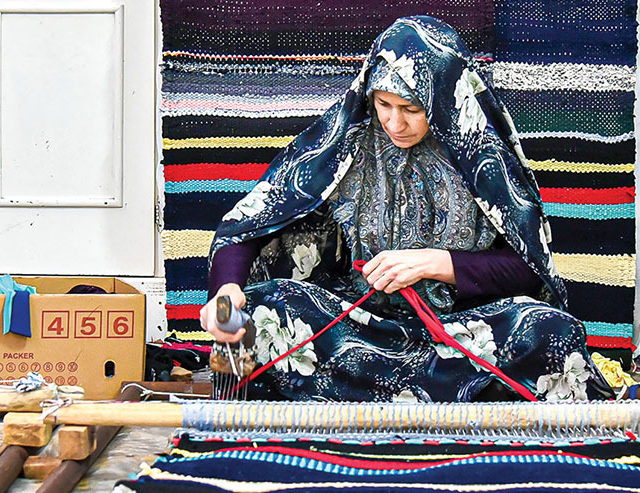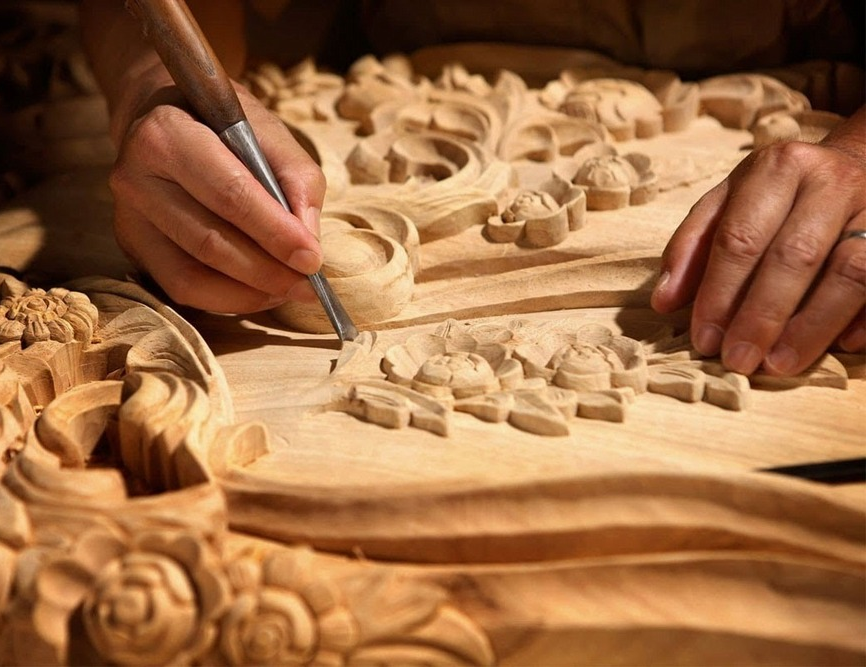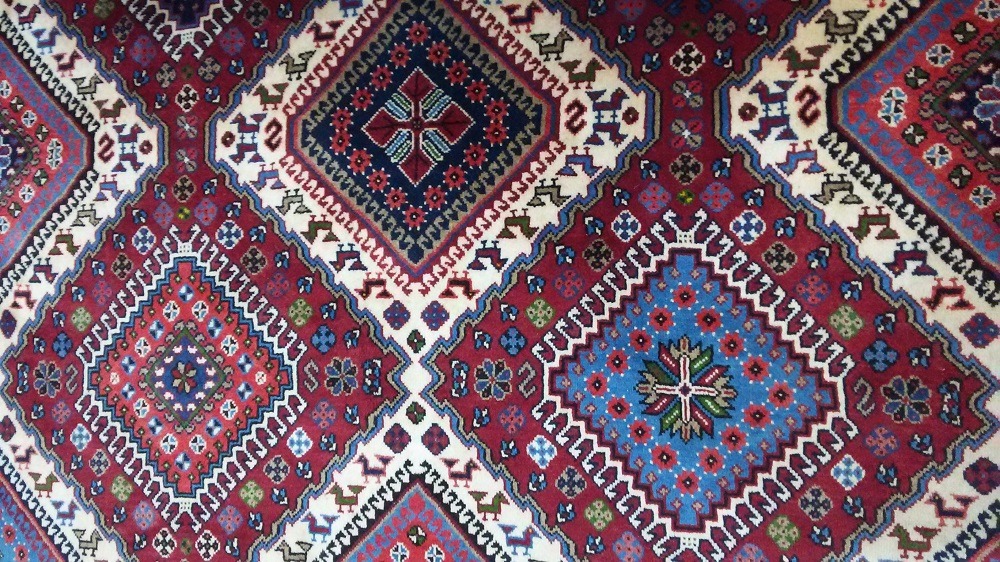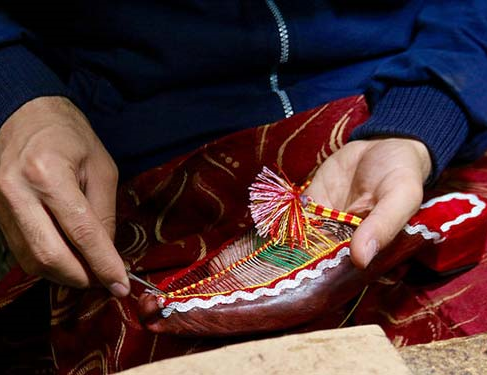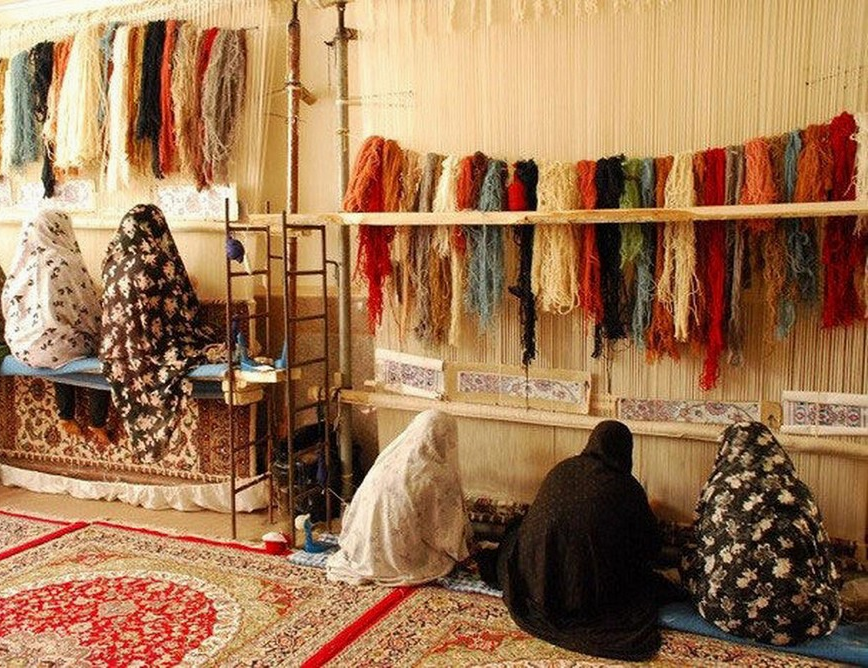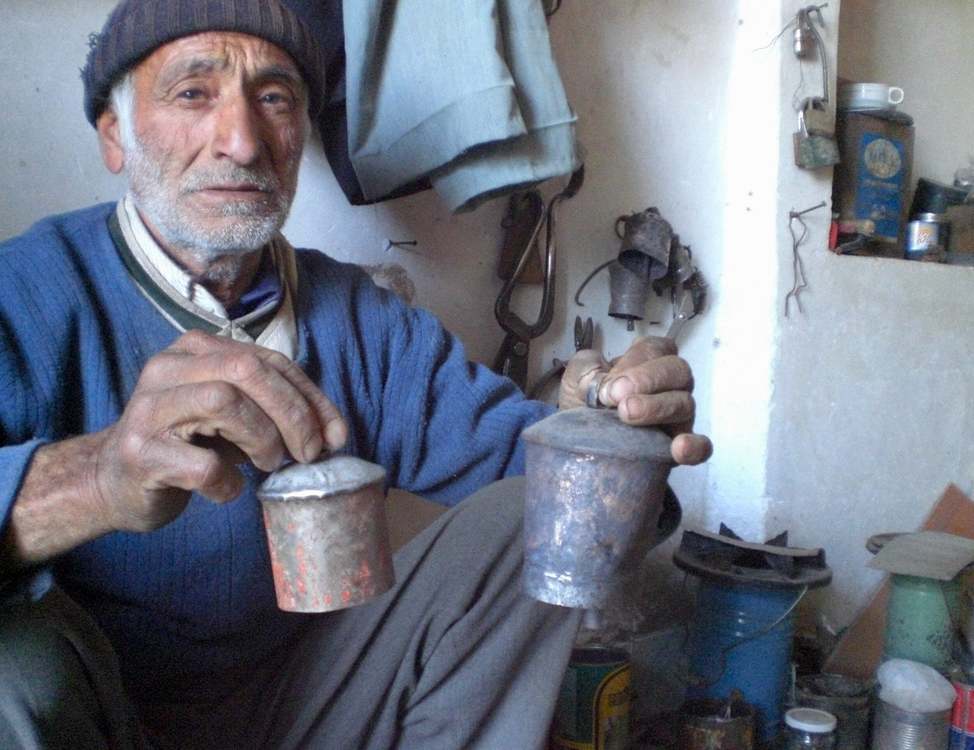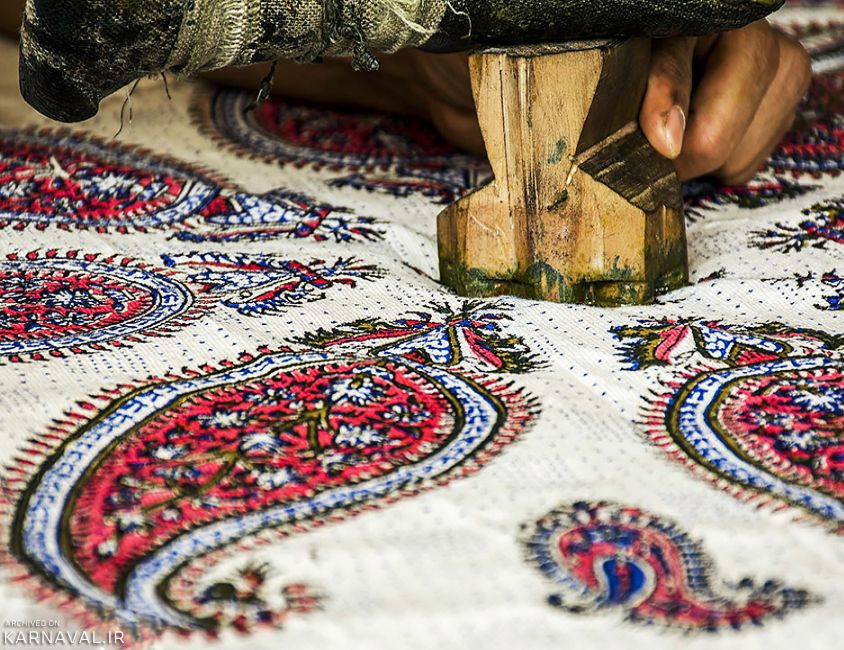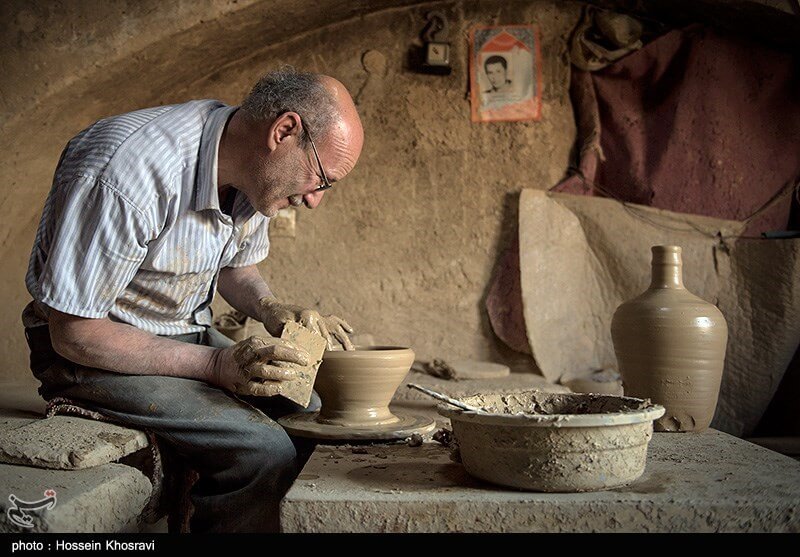
Cashmere Weaving
The handicrafts of each region are the symbol of the culture and art of that land. In Yazd, which is one of the desert regions of Iran, with a hot and dry climate, cashmere weaving is one of the handicrafts, and cashmere - as its product - has an interesting reputation and history. The way of weaving and the designs used in cashmere are so impressive that few tourists leave without buying it after visiting Yazd.
Yazd has always been one of the main textile centers in Iran. Therefore, in addition to cashmere weaving, Zari weaving, Shamad weaving, Ikat weaving, Chadorshab (bedcover) weaving, handkerchief weaving, and Ihrami weaving have been the other crafts of this city.
The History of Cashmere Weaving
Cashmere is a beautiful fabric, the history of weaving which dates back to the early Safavid era (early 16th century AD). Zoroastrians are considered to be the founders of the art of cashmere weaving who used this fabric for making their religious clothes.
The era of the Safavid king, Shah Abbas (who reigned from 1587 to 1629 AD) can be called the flourishing period of Cashmere Weaving. According to the available sources, there was a thriving cashmere market during this period, and Ghiyasuddin Naqshband Yazdi, one of the teachers of cashmere weaving, taught about 600 apprentices.
Features of Cashmere
The different designs and unique softness of cashmere are the most important differences between this type of fabric and other fabrics. Cashmere is woven with fluff and wool or silk. The main colors of cashmere are crimson, brown, blue, and green, on which patterns such as Paisley, Shah Abbasi flowers, deer antlers, and stripes, etc. are used. These motifs are known as authentic Iranian designs, and some of them have been used in Iranian architecture for a long time.
Paisley is the most popular design of cashmere fabrics. In this design, the curved cypress is depicted. In Zoroastrian beliefs, this cedar represents submission to God (Ahura Mazda) and is one of the symbols of Iranian design.
Different Types of Cashmere
Cashmere is produced in different types, each of which is different from the other in terms of texture and design:
• Kashmiri Style: It is considered as one of the best types of cashmere, and the most important motifs used in it are paisley, deer horn, and tree. There are different types of Kashmiri cashmere, the best of which is emerald cashmere. The indigo background with checkered patterns and emerald green color is the reason for the name of this type of cashmere. Amiri cashmere is another type of high-quality Kashmiri cashmere.
• Striped cashmere shawl: It is produced in two types, narrow and wide.
• Atabaki: The primary material f which is soft wool making it similar to Kashmiri cashmere.
• Chehraqadi: It is mostly used for making boqcheh (something like bindle) and scarves and it is prepared in two types, citron and flowered.
• Shawl-bandi: It has a design similar to bee hives, and in each house, a flower or bush is placed.
• Kerman cashmere shawl: It is a general name for cashmere woven in Kerman.
• Yazdi: In which striped designs are used. Shah Abbasi flowers are the main decoration of this type of cashmere.
Cashmere is priced based on the number of colors used and the density of the texture. The more colors used in cashmere and the finer its texture, the higher its value. Cashmere that has a higher texture density is more resistant to washing and sunlight and lasts longer. Of course, since lace and lining are used in cashmere, its texture must be woven with utmost care.
Cashmere Weaving Method
Today, due to the spread of industrial machines, the hand weaving of cashmere has declined extensively. However, in the past, cashmere weaving was done in groups of two.
For this, they first washed and degreased the wool. Then they used sulfur derivatives to whiten it. Sometimes they spread the wool on the grass so that dew would be absorbed by it at night and evaporate during the day and gradually turn white. After becoming white, the wool would be dyed, which was a precise and delicate work. In ancient times, dyeing was done using natural and organic dyes.
After these steps, it was time to use the cashmere weaving machine. The old devices were entirely made of wood by the hand of the cashmere weaving artist. Until a few decades ago, there were more than 500 old-style cashmere weaving machines in Yazd.
The Uses of Cashmere
In the past, the main customers of cashmere were courtiers and influential people, so cashmere was mostly used for sewing aristocratic clothes. But today, cashmere is also used in fields such as the production of decorative items, curtains, furniture, and producing bags and shoes. In the distant past, cashmere was decorated with arts such as silk embroidery and tapestry to double its beauty.
Yazd has always been one of the main textile centers in Iran. Therefore, in addition to cashmere weaving, Zari weaving, Shamad weaving, Ikat weaving, Chadorshab (bedcover) weaving, handkerchief weaving, and Ihrami weaving have been the other crafts of this city.
| Name | Cashmere Weaving |
| Country | Iran |
| Cities | |
| Works | Knitting, sewing and textile |
| Registration | National |




Choose blindless
Red blindless Green blindless Blue blindless Red hard to see Green hard to see Blue hard to see Monochrome Special MonochromeFont size change:
Change word spacing:
Change line height:
Change mouse type:
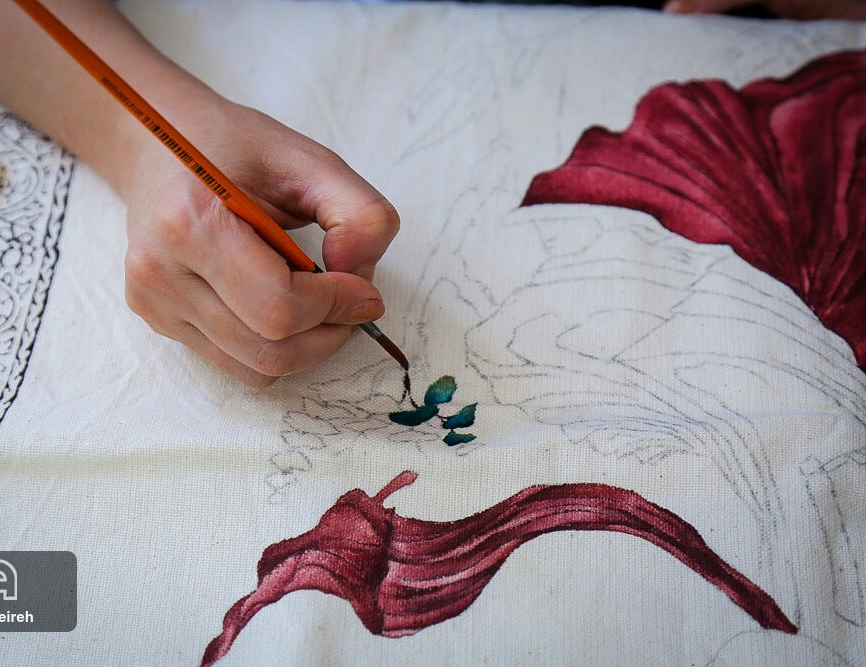
_crop_2.jpg)
